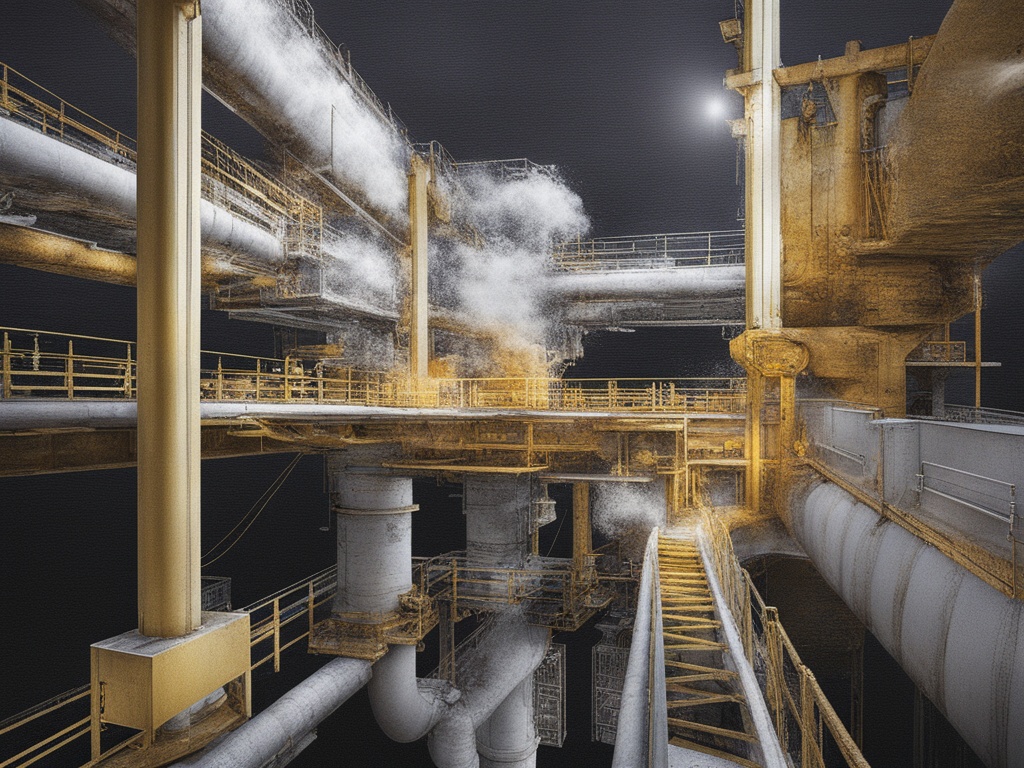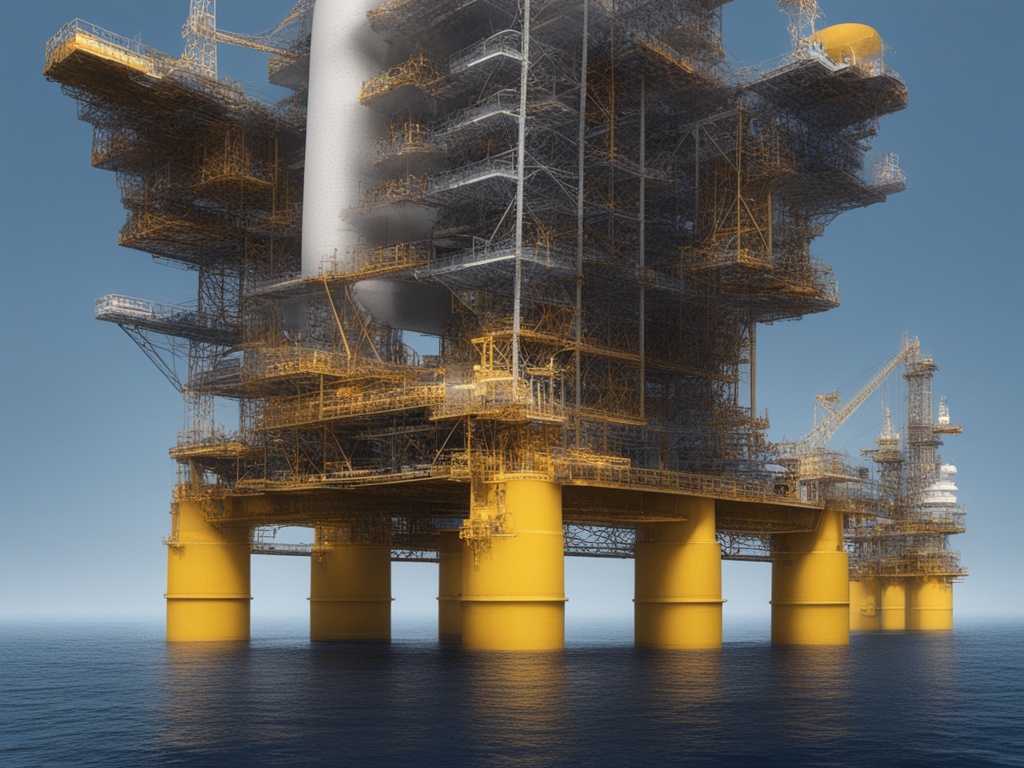The Essentials of Oil Rig Elevators: Ensuring Safety and Efficiency in Offshore Oil Exploration
In the realm of offshore oil exploration, oil rig elevators play a pivotal role in ensuring the safe and efficient movement of personnel and equipment between decks. These elevators, often overlooked in their simplicity, are crucial components that require meticulous attention to design, operation, and maintenance. In this article, we delve into the workings of oil rig elevators, discussing their importance, safety considerations, technological advancements, and the future of this indispensable offshore technology.

**The Basics of Oil Rig Elevators**
Oil rig elevators, also known as personnel elevators or simply rig elevators, are vertical transportation systems used to move workers, tools, and supplies between decks of an oil drilling platform. These elevators are typically mounted on the side of the drilling rig and operate within a protected cage to ensure the safety of occupants. They are designed to withstand the rigorous conditions of offshore environments, including extreme weather, high winds, and saltwater corrosion.
**Importance of Oil Rig Elevators**
In the offshore oil and gas industry, where every second counts and safety is paramount, oil rig elevators are indispensable. They provide a swift and efficient means of vertical transportation, reducing the time it takes to reach different levels of the drilling platform. This is especially critical during emergency situations, where rapid evacuation or deployment of personnel and equipment is essential.
**Safety Considerations**
Safety is the top priority when it comes to the design and operation of oil rig elevators. Strict safety protocols are followed to ensure the structural integrity of the elevators, as well as the safety of personnel using them. Regular inspections, maintenance, and repair are conducted to identify and mitigate any potential hazards. Additionally, operators of oil rig elevators must undergo rigorous training to ensure they are familiar with safety procedures and can operate the elevators competently.
**Technological Advancements**
With the advent of technology, oil rig elevators have evolved significantly. Modern elevators are equipped with advanced features such as automatic door locking mechanisms, emergency stop buttons, and fail-safe braking systems. These features help prevent accidents and ensure the safety of users. Furthermore, advancements in materials science have led to the development of lighter, stronger, and more corrosion-resistant elevator cages and components, improving their durability and reliability in harsh offshore environments.

**The Future of Oil Rig Elevators**
As offshore oil exploration moves into deeper waters and more remote locations, the demand for advanced and reliable oil rig elevators will continue to grow. Future elevators are expected to feature even more innovative technologies, such as remote monitoring systems, intelligent diagnostics, and predictive maintenance capabilities. These technologies will enable operators to monitor the health and performance of elevators in real-time, predict potential issues, and schedule maintenance before they become critical.
Moreover, with the increasing focus on sustainability and environmental protection, oil rig elevators will need to meet stringent environmental standards. This may lead to the development of elevators that are more energy-efficient, emit fewer greenhouse gases, and are made from recycled or biodegradable materials.
In conclusion, oil rig elevators play a crucial role in offshore oil exploration, ensuring the safe and efficient movement of personnel and equipment. Their importance cannot be overstated, and it is essential to continue investing in their research, development, and improvement. As the offshore oil industry evolves, so must oil rig elevators, adapting to new challenges and embracing technological advancements to meet the demands of a changing world.




 8613371530291
8613371530291